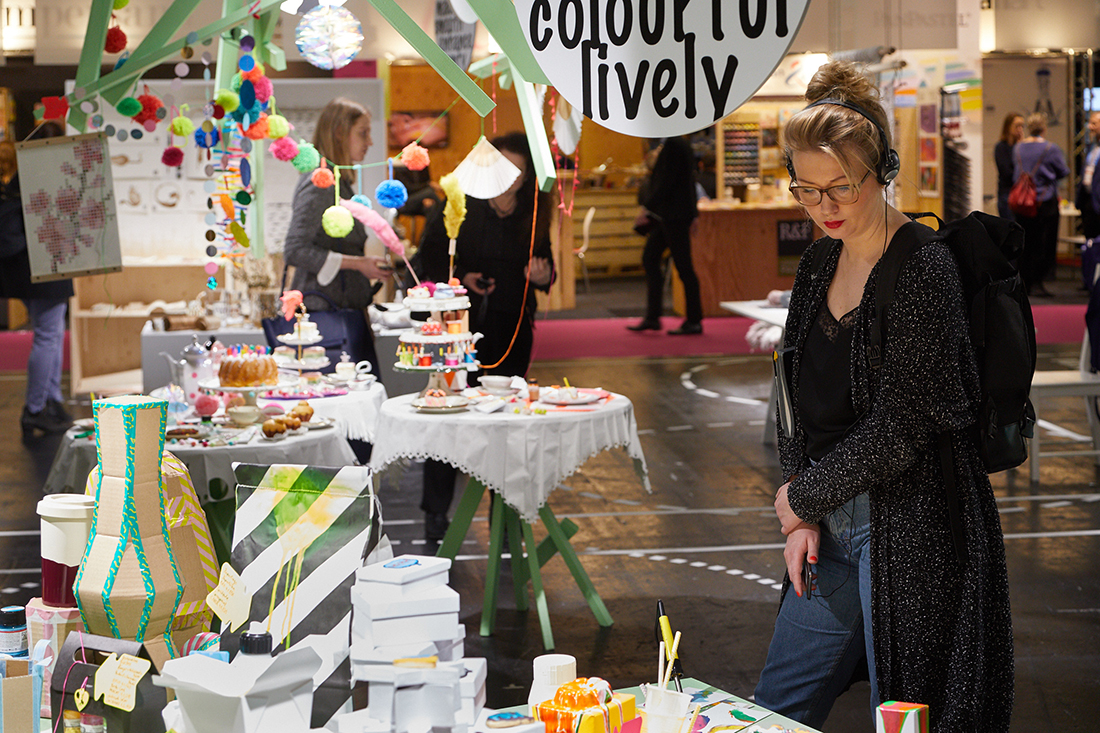
Displays at the Creativeworld tradeshow in Frankfurt in February 2019.
Photo courtesy of Messe Frankfurt
The creative market in the European Union is nearly as big as the United States’, but with some very curious differences.
Since I moved to Germany in 2017, it has been fascinating to get to know the creative market in Europe after spending so many years being a part of the U.S. craft world.
Although I’ve been transitioning out of active crafting myself, I’ve made friends in the craft world here in Berlin and have been following the wider creative markets for business publications.
The overall size of the U.S. creative market, serving a population of 325 million, was estimated at $36 billion in 2017. The size of the creative market in the E.U., which is home to 510 million people, is $35 billion, according to the Association for Creative Industries’ (AFCI) UK branch. That includes the traditional arts and crafts hobbies as well as floral and food-based creativity.
While the European creative market shares some similarities with the U.S., a few things are very different.
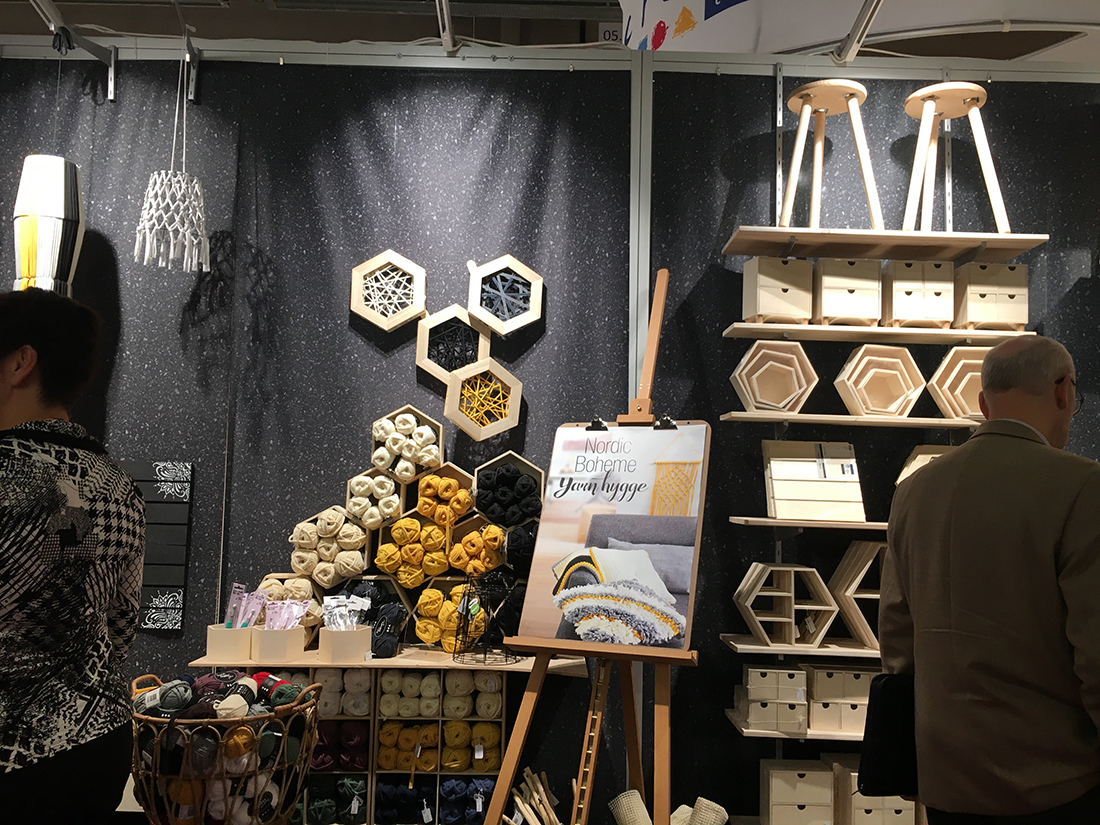

Displays at the Creativeworld tradeshow in Frankfurt in February 2019.
Photos by Grace Dobush
Retail is Different
In the U.S., the craft market is dominated by four chains: Michaels, Hobby Lobby, Joann and AC Moore, which account for 34 percent of all sales. There are no similar monoliths in the European market, or even in the 28 individual E.U. countries.
In Europe, small retailers account for the vast majority of craft supply sales, whereas in the U.S. local craft stores account for just 5%. Across the continent, even small towns will have an independent retailer for craft supplies. That’s slowly changing as internet sales are on the rise, but the lack of any major national or European-wide chains is a major point of protection for independent craft retailers.
In Germany, there are now about 3,500 independent craft retailers, down from 5,000 at the turn of the century, estimates Michael Zirn, the CEO of top German craft book publisher Frechverlag. Some of those shops are closing as people retire or because of the price pressure from internet sales.
Just a few craft chain stores operate across the UK — Hobbycraft being the biggest one, says Craig de Souza, the executive director of AFCI-UK, but every town still has a haberdasher or craft supply store. “Small retailers can’t compete on price, but they can compete on inspiration and education,” he says. “And people like to be a part of a local community.”
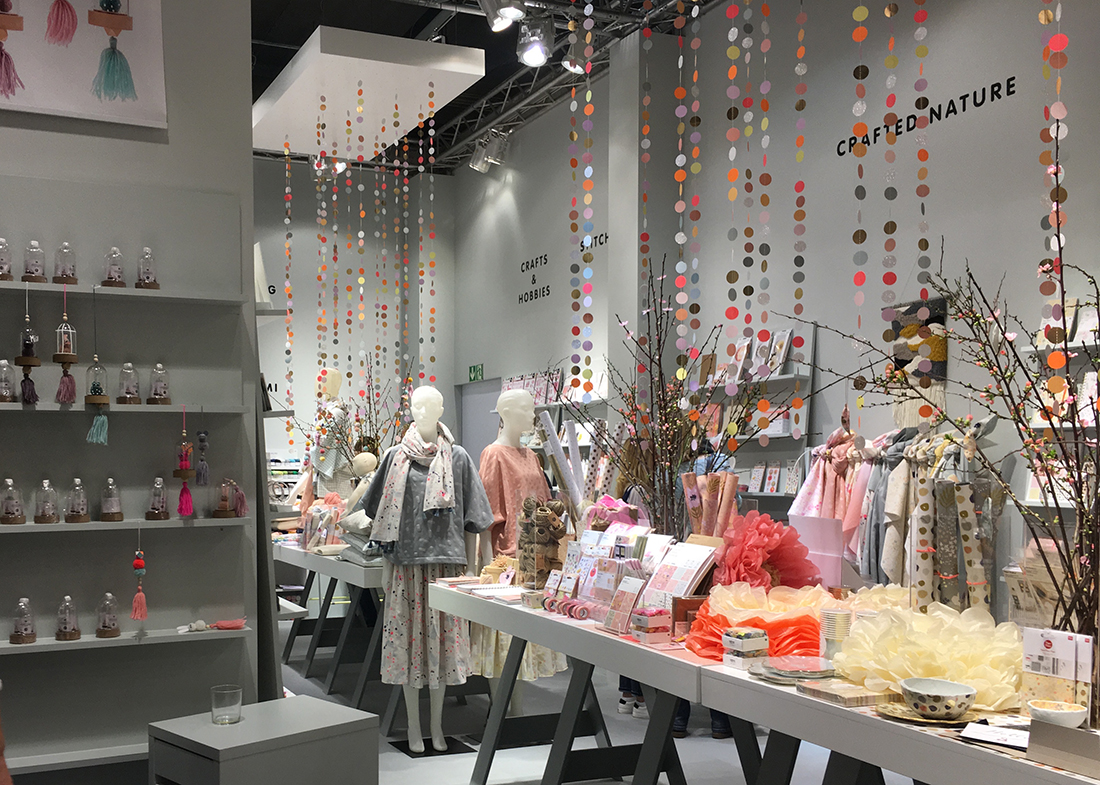
Displays at the Creativeworld tradeshow in Frankfurt in February 2019.
Photo courtesy of Messe Frankfurt
Booksellers are Protected
Independent bookstores are also much more common in Europe than in the U.S. One major reason for this are rules across Europe protecting book prices. Fixed book price laws are in effect in many countries across the E.U., including France, Germany, Spain and Italy, which means that internet retailers like Amazon can’t undercut local booksellers. A book’s price is set by the publisher, and that’s what retailers must charge. Part of the reasoning is the idea that books are a cultural treasure, and publishers should be able to afford to publish small-run art books just as much as trashy bestsellers.
Fixed book prices have protected independent booksellers in Germany for the most part, though there’s lately been some consolidation among the numerous national chains. Germany’s book market is the third-largest in the world after the U.S. and China.
Frechverlag accounts for 50 to 60 percent of the craft book market in Germany, Zirn says. While internet sales, including Amazon, account for about 40 percent of the company’s business, ebooks barely sell at all. That’s a trend seen across the book landscape in Germany — people still prefer paper.
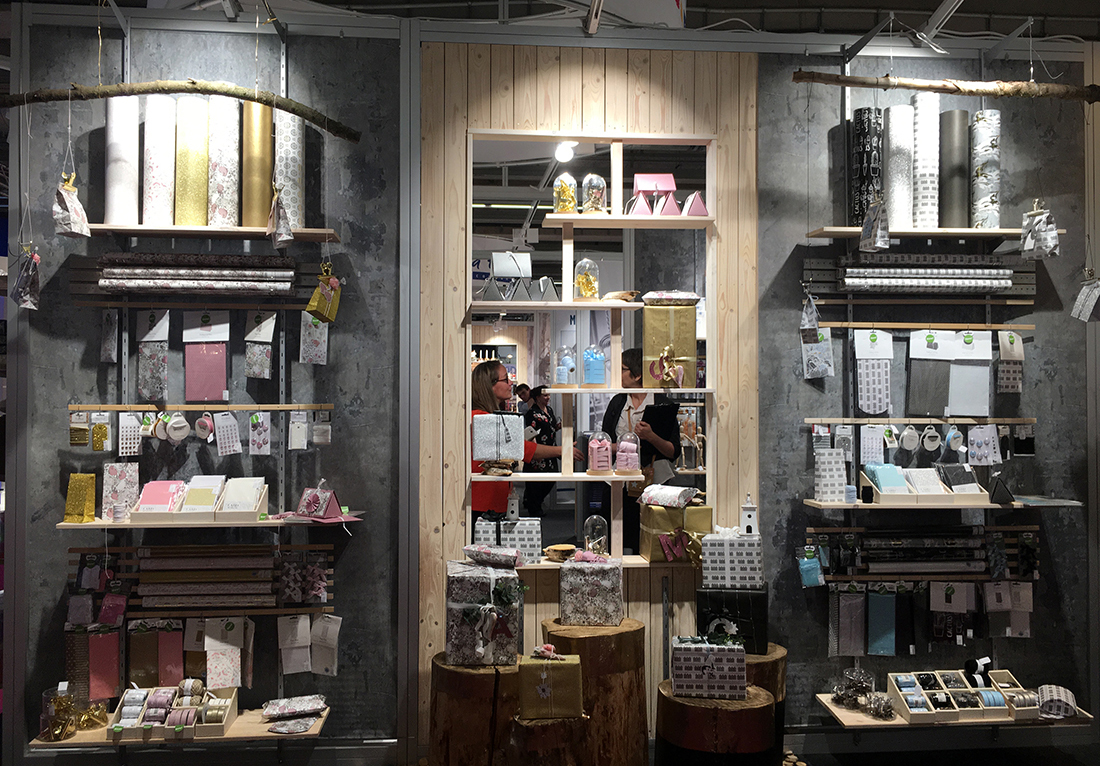

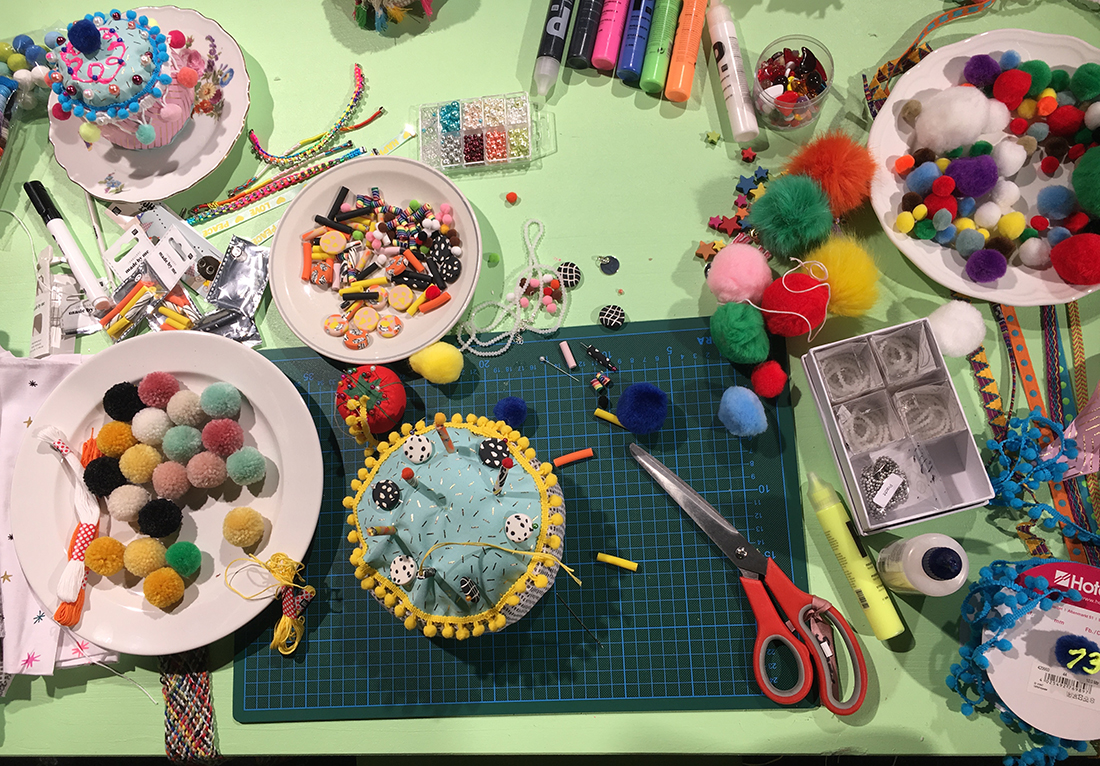

Displays at the Creativeworld tradeshow in Frankfurt in February 2019.
Photos by Grace Dobush
Small Makers’ Markets are Everywhere
Tourists in Europe find the open-air markets across the continent charming. And with good reason — they’re super cute. In addition to open-air farmers’ markets happening multiple times weekly in most communities, even small cities have regular fairs where vendors can sell their handmade goods, often nestled in pedestrian zones with lots of foot traffic.
But Mia Moss, a ceramicist in Berlin, says she finds handmade objects aren’t valued as much in Germany as they are in the U.S. In Germany, ceramicists go to trade school and consumers expect the standard rates for pottery, about $10 per cup, that are in line with mass-produced objects. But in the U.S., Moss says, you get your education in art school, where your professor’s work will start at $50 at the very cheapest. “The price point sinks into the general public and affects the way people value the work,” she says.
Unlike in the U.S., where you’ll see craft exhibited in museums and galleries, that’s not the case in Germany. Ceramics are often sold at pottery markets, which are set up like flea markets — not exactly making the craft seem valuable.
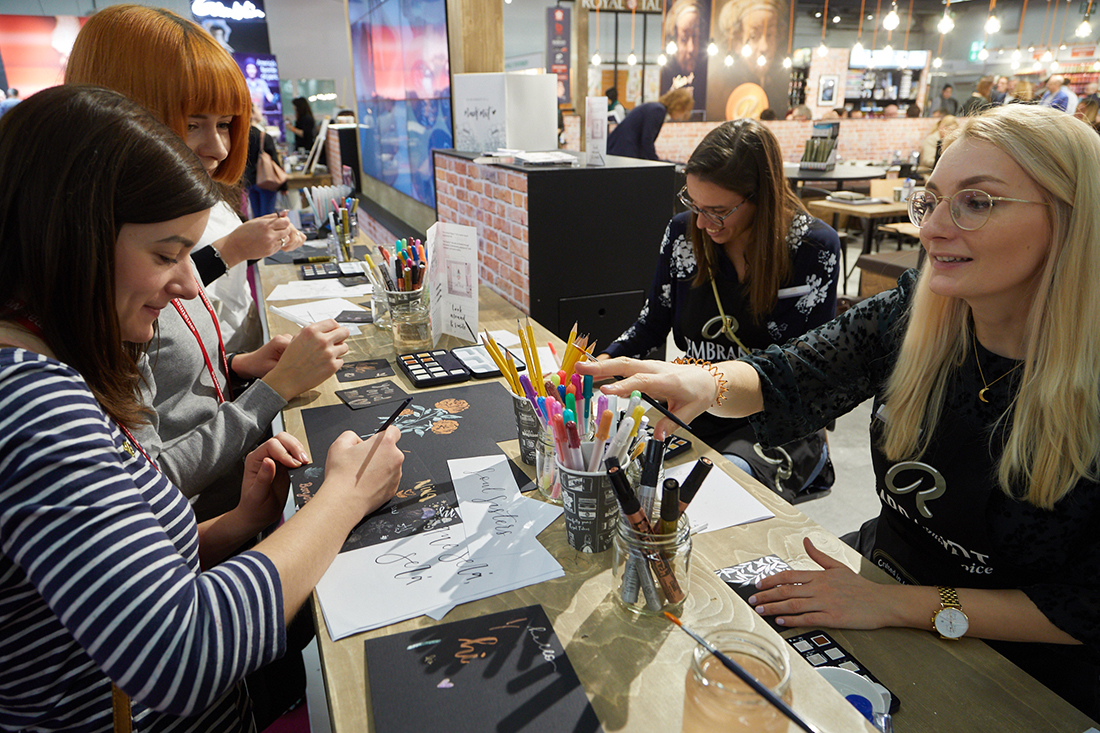
Displays at the Creativeworld tradeshow in Frankfurt in February 2019.
Photo courtesy of Messe Frankfurt
Trade Shows are Important
Because retail remains so independent, trade shows remain a very important part of the European creative market. Last month I went to Frankfurt to attend Creativeworld, the most important DIY trade show in Germany, if not in all of Europe.
Creativeworld, along with simultaneous shows Christmasworld and Paperworld, drew 3,119 exhibitors from 68 countries and 87,000 visitors from 161 countries last month. The audience is almost exclusively buyers for independent retailers and small chains who are there to make orders and check out the trends.
Creativation, the main craft trade show in the U.S., has been shrinking in recent years. In 2018 it drew 300 exhibitors and 3,000 attendees from 53 countries. Zirn was there in Phoenix himself, just the week before Creativeworld in Frankfurt. The Frechverlag CEO says he used to scope out hot new trends at trade shows — for example he picked up on the magic loom boom at Creativation before it had taken off in Europe — but lately he hasn’t found as many.
One thing that struck me in Frankfurt is how many art and craft material producers manufacture their goods within Europe. “We’re very proud of homegrown stuff and designers and products,” de Souza says. When scissors manufacturers in the U.S. outsourced manufacturing to China, for example, Germany played the long game, continuing to manufacture higher-priced, but higher-quality, scissors domestically.
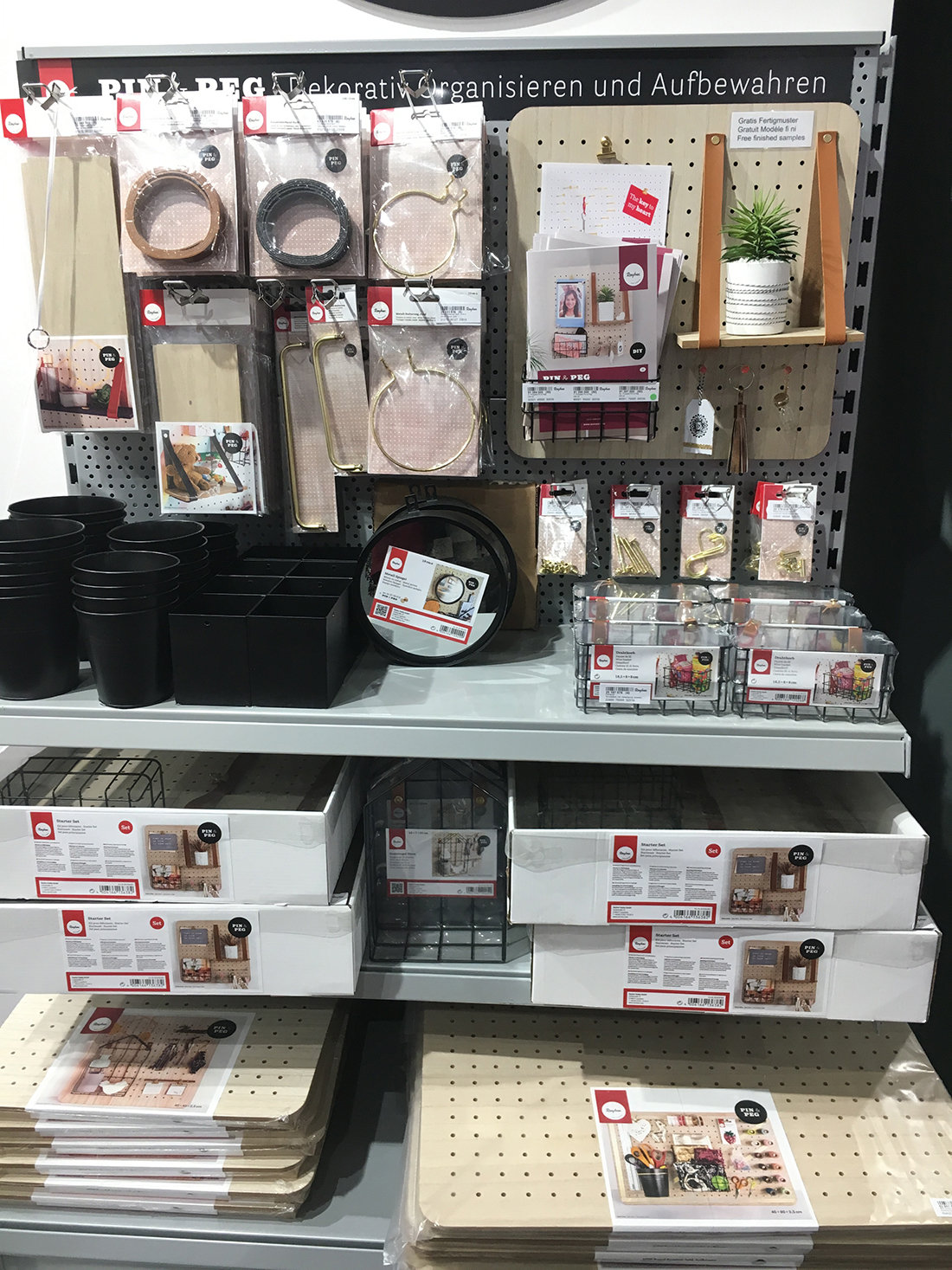
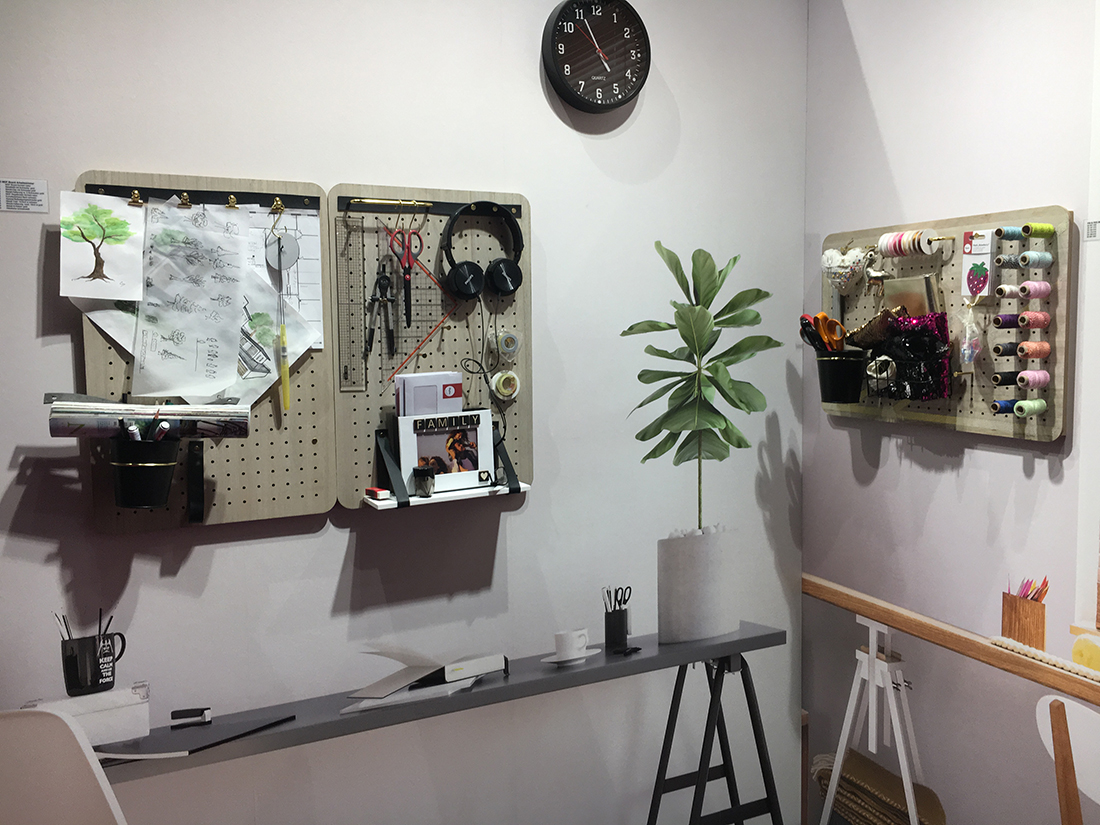
Displays at the Creativeworld tradeshow in Frankfurt in February 2019.
Photos by Grace Dobush
But Craft Trends are Universal
The displays and products I saw at Creativeworld were not all that different from the reports coming out of Creativation. A trend showcase area featured three themes: Natural Location, Cosy Site and Happy Place, which honestly all seem to be the same concept in different palettes. The natural textures, muted colors, and Hygge vibes that have dominated Instagram and Pinterest for the last few years are apparently still on top.
The products I was most excited to see at Creativeworld were pegboard organization systems. I’d been looking for exactly this kind of thing last year, and at the time I was left pegless. But this year, German company Rayher had a huge display of pegboard systems, and even IKEA has gotten in the game.
De Souza says European designers have been the main creative influencers lately, especially considering the long-lasting aesthetic influence of Danish and Scandinavian design. But the international nature of Instagram and Pinterest means that trends can spread at the speed of light, no matter where you call home.

Grace Dobush
contributor
Grace Dobush is a Berlin-based freelance journalist and the author of the Crafty Superstar business guides. Grace has written about business and creative entrepreneurship for publications including Fortune, Wired, Quartz, Handelsblatt and The Washington Post.

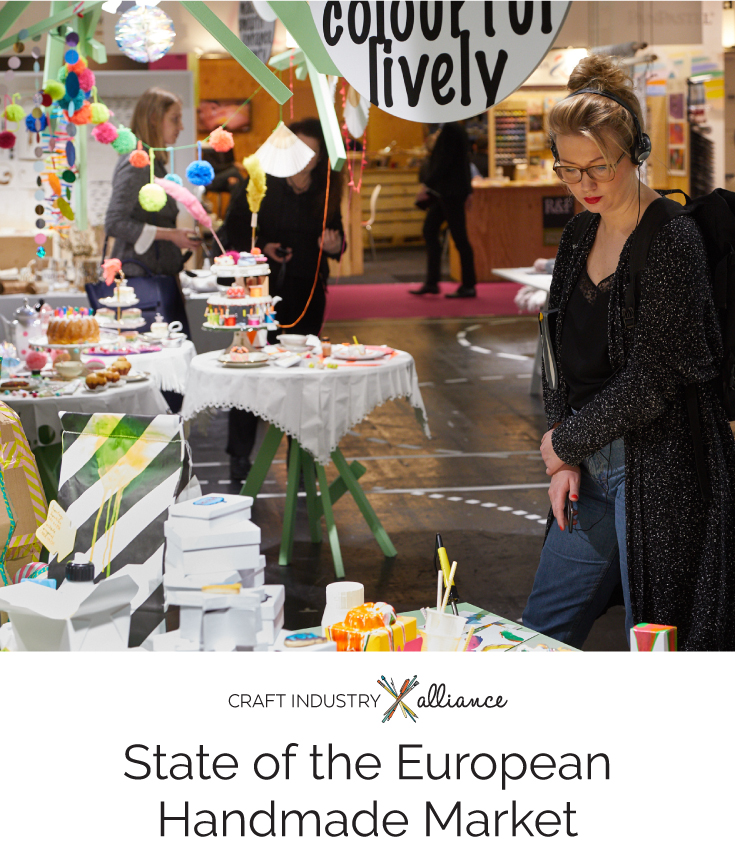
Thank you so much for this report. As a Designer located in Denmark, it has been at times difficult to relate to the information, so it’s VERY nice to hear something from this part of the world!
More of this, please 🙂
TIA, Christina
I make African bicycles, that are meant for decoration in homes and offices, any one to help how to advertise them
Guide me supply in that Market
Hi I am Asif . I have really a small handicraft area . I work with rural underdeveloped areas woman . They can earn some extra money for their living expenses by making some handicap . I work with metallic , wood , bamboo . And cloths handicraft . I want to develop my work. If I get a opportunity to export my products to European countries. It will be very helpful to develop poor women in my area . Please if you have any opportunity please let me know .
Thank you so much
Hello,kindly guide us on how to get market for handmade products.
kind regards
Esther Muchoki
hello, i am from nepal and i am felt handicraft producer. how to get a market in europe for felt handmade items?
How do I get in touch with handicraft companies in Europe. Any information would help. Thankyou!
You could attend one of the European trade shows for the crafts industry such as h+h Cologne.
I am from nepal and i am felt producer and expoter.